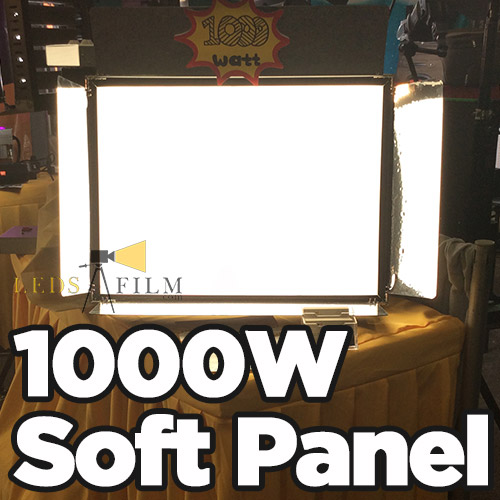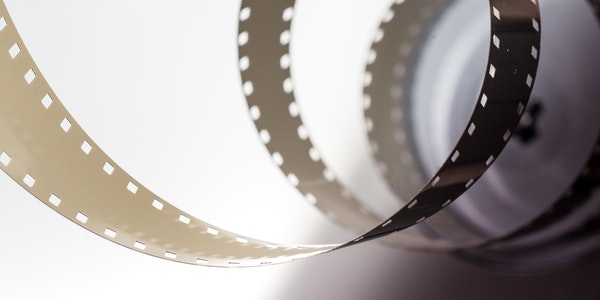Some people compare TV works to visual articles, and montage is the grammar of visual language. As an ideographic method, lens language also has rules similar to language ideology in daily life. This rule is agreed upon by people based on a certain life logic and the logical way people understand things. Violating these rules, the audience will not be able to correctly understand the meaning expressed by the combination of shots.
once saw such an advertisement: a red sports car is running on a highway (panoramic view) amidst the sound of cheerful music, and a beautiful woman is driving a sports car (medium shot). The sports car suddenly stopped (close-up shot), the door opened, a pair of red leather shoes stepped on the road (close-up), and then the camera panned from the shoes to the whole body, the woman stood in front of the sports car with her head up, and the commentary sounded: “XX brand stockings “.
At first I thought it was a car advertisement, then I thought it was a leather shoe advertisement, but I didn’t expect it to be a stockings advertisement. Judging from the combination of the lens, there is nothing in it that is not smooth: the panoramic view is connected to the mid-range close-up view and then the close-up pan is connected to the panoramic view. But if you ignore the impact of the corresponding relationship on the visual expression, this kind of mechanical fluency, no matter how clever it is, will not allow the audience to correctly understand the meaning expressed by the lens combination.
Therefore, the lens language is a unique language structure form. This visual ideographic form composed of the lens structure has the following characteristics:
- Generally speaking, a single lens often does not have a complete narrative function, and the complete meaning is produced by the lens group after it is connected. One example has always been used as a classic example of montage. Former Soviet directors Kurišov and Pudovkin once combined a close-up of an actor’s face with no obvious expression with three different camera sets. The actor’s face was connected to a pot of soup on the table, and the actor seemed to be hungry. Grouped up with the woman lying in the coffin, showing a sad expression. Grouping up with a child playing with toys, the expression of envy and nostalgia is revealed.
- The sequence of shots also plays an important role in the expression of the meaning of visual language. The same shot and different assembly sequence convey different meanings.

For example: There are three pictures like this, A: the child’s happy smiling face, B: the child’s father pushes in, and C: the child’s fearful face. If the sequence of the pictures is from A to B to C, then what it means is that the child is afraid to see his father, and perhaps in the child’s memory, his father brought him some unpleasant things. If the sequence of the pictures is from C to B to A, it can be understood that the child is in a place he thinks is unsafe. After seeing his father, the fear is completely released, so he smiles happily. The sequence is actually a logical relationship. In order to express a certain meaning clearly, the shots must be sorted according to a certain causal relationship.
- The visual ideographic characteristics of lens language are also manifested in its processing of time and space. For example, in the TV series “Road Keeper in the Deep Mountains”, the train is moving, the passengers on the train are resting quietly, and the baby is sucking milk in the arms of the mother. There was heavy fog outside the car, and road maintainers were patrolling the line. The repeated splitting and combination of the car and the car reflects the noble spirit of the deep mountain road maintenance workers who have used their hard work in exchange for everyone’s happiness. Therefore, combining shots of different time and space components according to a unified logical relationship can form a whole meaning, which is a unique structure of montage.
- Through the alignment of the lens, it creates visual metaphors and symbols. Eisenstein once called it a rational montage, and used this method extensively to express content with ideal meaning.

Visual metaphors are similar to textual metaphors, using the comparison of two images to enable people to construct a content with new meaning through psychological associations. For example, in Chaplin’s “Modern Times” on the silent TV, there is a scene where people are deeply impressed: in the previous scene, the door opens and the pigs are crowded out. In the next picture, the factory door opens and workers crowd out. These two isolated and seemingly irrelevant picture groups are connected together, and are connected with the overall theme of the film. They have a powerful metaphorical effect and deeply and vividly reveal the social status of the workers under the capitalist system. The situation is the same as that of livestock, thus expressing a powerful critique of the capitalist system.
These are the most basic characteristics of montage ideology. Use visual ideographic norms to organize and structure the shots—that is, to group the shots together according to a certain logical relationship and method, so that they become a whole of narrative, expressing emotions and elucidating thoughts to express certain Content meaning. This is the meaning of screen editing.
